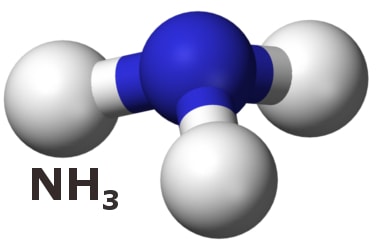
This is the first time scientists have discovered ammonia in the Earth's lowest atmospheric layer.
The highest emissions of the gas encountered in North India and Southeast China.
The satellite measurements by the MIPAS infrared spectrometer found increased amounts of ammonia (NH3) between 12 and 15 km height in the area of the Asian monsoon.
This suggests that the gas is responsible for the formation of aerosols, smallest particles that might contribute to cloud formation, researchers said.
Ammonia is a chemical compound of nitrogen and hydrogen.
It mainly originates from agricultural processes, in particular from life-stock farming and fertilisation.
Highest ammonia emissions are encountered in North India and Southeast China. Due to population growth and global warming, global ammonia emissions are expected to increase strongly in the future, researchers said.
Gaseous ammonia reacts with acids, such as sulfuric acid or nitric acid, to form the corresponding ammonium salts.
Particles of ammonium salts can attach to each other and form aerosol particles acting as condensation nuclei in cloud formation which cool the atmosphere and reverse global warming.
MIPAS recorded highly resolved spectra in the middle infrared range, from which gases can be identified clearly. Every gas emits specific infrared radiation.
Ammonia- Formula: NH3
- IUPAC ID: Azane
- Molar mass: 17.031 g/mol
- Boiling point: -33.34 °C
- Density: 0.73 kg/m³
- Melting point: -77.73 °C